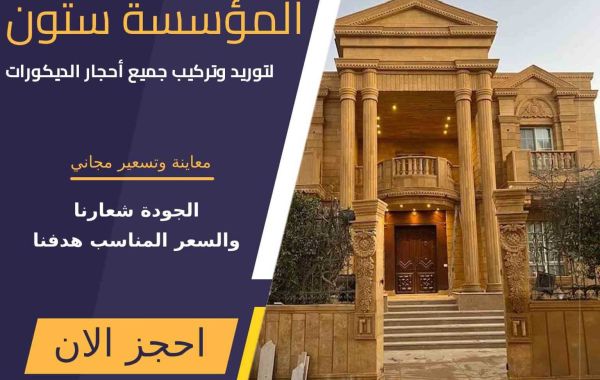Brief Introduction of On-site Concrete Supplying Methods
Concrete plays an important role in construction. According to specific construction site requirements, different concrete supply schemes can be selected. This article will introduce the characteristics, advantages, and applicability of various solutions to you.

Line Type Supplying Method
The concrete is transported to the construction site through pipelines. The characteristics are high construction efficiency, continuous feeding, suitable for long-distance transportation, and can reduce the transportation time and cost of concrete. However, a pumping station needs to be set up at the construction site to transport concrete to the pouring site. Can be used for high-rise building construction, various civil building construction, etc.
Boom Pumping Method
The concrete is transported from the mixing plant to the construction site using an boom pump. The characteristics are wide working range, high flexibility, and the ability to easily transport concrete to higher floors. However, the installation and operation of boom pumps require certain technical requirements and are suitable for construction sites as high-rise buildings, bridges, tunnels, etc.
Trailer Pumping Method
The concrete is transported to the site through the pump on the trailer. The characteristics are convenient mobility, simple operation, and suitable for small construction projects. This method is suitable for construction sites closer to the mixing plant, which can reduce transportation time and costs. However, a concrete station needs to be set up at the construction site to transport concrete to the pouring site.
Vehicle mounted pump type
The concrete is directly loaded onto the concrete truck and transported by the vehicle mounted pump. It is suitable for projects that require a large amount of concrete, such as elevated highway construction and bridge construction. However, a concrete station needs to be set up at the construction site to transport concrete to the pouring site.
Self loading mixer truck type
The self loading concrete mixer truck type concrete conveying method uses a self loading mixer truck to transport concrete from the mixing plant to the pouring site. This method is suitable for construction sites closer to the mixing plant, which can reduce transportation time and costs.
Mixer and trailer pump combined type
The concrete is mixed evenly through the mixer, and then transported to the construction site through the trailer pump. It is with good mixing effect, long conveying distance, and suitable for construction of floor slabs, basements, etc.
Mixing truck and pumping machinery combined method
The mixing truck and pumping machinery combined concrete conveying scheme uses mixing trucks and pumping machinery to transport concrete from the mixing plant to the pouring site. This scheme is suitable for projects that require a large amount of concrete, and can simultaneously complete mixing and conveying work. The characteristic is efficient, fast and suitable for large-scale engineering projects.
It should be noted that different schemes are suitable for different construction projects and scenarios. Choosing a suitable concrete supply plan requires consideration of construction scale, construction period, construction conditions, and the characteristics of the specific construction site. At the same time, it is also necessary to consider factors such as the operation and maintenance costs of the equipment, as well as the reliability of the equipment. Before selecting a solution, it is recommended to have detailed communication and evaluation with professional construction parties to ensure that the selected solution can meet project requirements.








